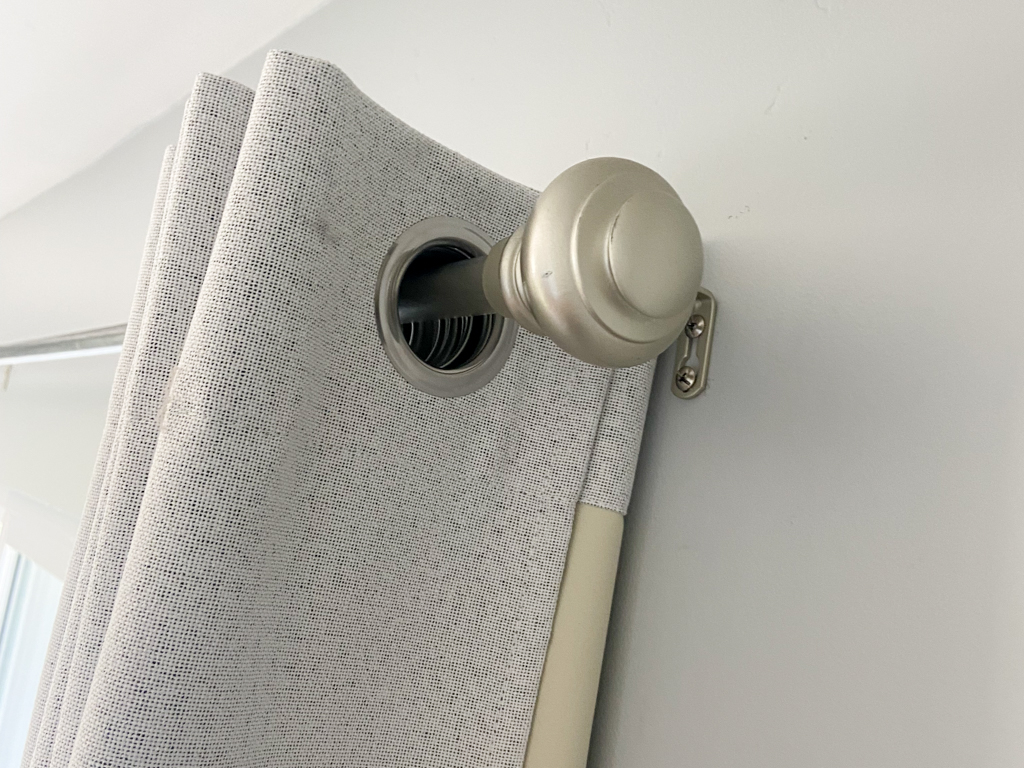Table Of Contents
- The Importance of Soft Materials in Concert Halls
- Why Do Concert Halls Often Have Drapes or Other Soft Material on the Walls?
- What is the Purpose of Soft Materials in Concert Halls?
- How Does Soft Material Affect the Sound Quality in a Concert Hall?
- The Importance of Soft Materials in Concert Halls
- Creator Spotlight Video:
The Importance of Soft Materials in Concert Halls
The acoustics of a concert hall are largely determined by the materials used in its construction. The sound waves that are created by the instruments and voices of the performers bounce off the walls, ceiling, and floor. The soft materials absorb some of these sound waves while hard materials reflect them back to the audience.
The acoustics of a concert hall are largely determined by the materials used in its construction. The sound waves that are created by the instruments and voices of the performers bounce off the walls, ceiling, and floor. Soft materials absorb some of these sound waves while hard materials reflect them back to the audience.
Why Do Concert Halls Often Have Drapes or Other Soft Material on the Walls?

The purpose of the drapes is to absorb sound. The walls are often made of hard materials, which reflect sound. The drapes help to absorb the sound and make it less disruptive for those in the audience.
What is the Purpose of Soft Materials in Concert Halls?
The purpose of soft materials in concert halls is to provide a more comfortable and enjoyable experience for the audience. Soft materials are used to absorb sound waves and reduce reverberation.
Soft materials are used in concert halls to provide a more comfortable and enjoyable experience for the audience. They are used to absorb sound waves and reduce reverberation.
How Does Soft Material Affect the Sound Quality in a Concert Hall?
The sound quality in a concert hall is affected by the soft material. The sound waves are reflected off the walls and ceiling of the concert hall, and these reflections are modified by the soft material.
The sound quality in a concert hall is affected by the soft material. The sound waves are reflected off the walls and ceiling of the concert hall, and these reflections are modified by the soft material.
The Importance of Soft Materials in Concert Halls
The acoustics of a concert hall are largely determined by the materials used in its construction. The sound waves that are created by the instruments and voices of the performers bounce off the walls, ceiling, and floor. The sound waves then reflect back to the audience, creating a reverberation effect.
The materials used in concert halls can be classified into two categories: hard and soft. Hard materials include concrete, steel, and wood. Soft materials include fabric, wool, and cotton.
Soft materials have been found to be more effective at absorbing sound waves than hard ones because they are able to absorb more energy from these waves before they bounce back to the audience. This is why many concert halls use soft materials for their walls and ceilings while using hard ones for their floors.